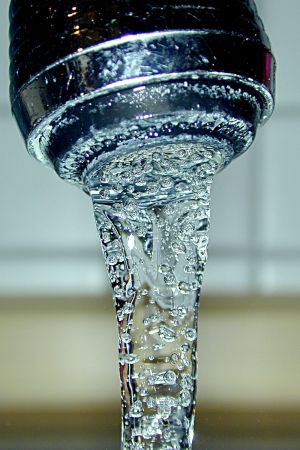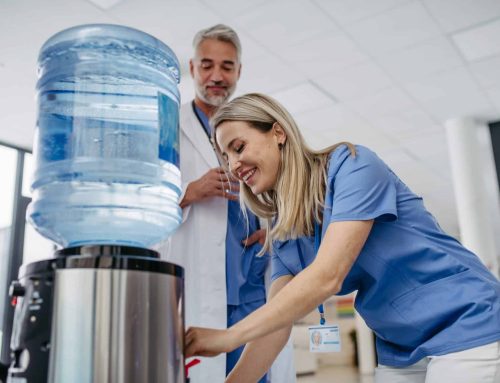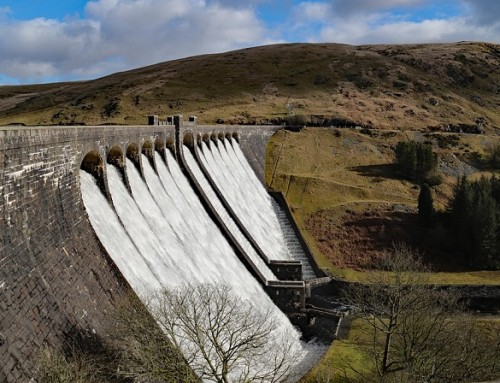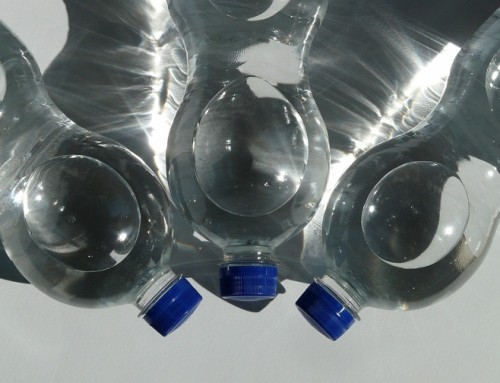 Before water gets to our taps for us to drink, it must go through some form of purification. This is especially important in these days of industrial and many other forms of pollution.
Before water gets to our taps for us to drink, it must go through some form of purification. This is especially important in these days of industrial and many other forms of pollution.
Our grandparents could and did often just drink water directly from rivers and lakes, mountain springs and wherever else they found potable water, but that was before pollution made this very dangerous to do.
It has got to the stage when the old basic filtration methods of filtering water through a cloth are no longer sufficient to produce pure drinking water, so more modern methods are used by many countries.
Traditional Water Filtration Methods
Amongst the older more traditional water filtering methods, the two most prevalent are boiling and chemical filtration.
Boiling
Boiling water was the most popular method of removing microorganisms in the past, and it is still used today, though more on camping trips and during floods than at any other time. Theo ne problem that there is with boiling water to make it drinkable is that boiling does not remove all the bacteria and protozoa.
Boling also requires cooking equipment and lots of fuel, and then one cannot drink the water immediately as it first needs to cool down. Some of the water may evaporate before it has time to cool to drinking temperature.
Boiling water also does not remove chemical pollutants such as chlorine, which may leave the water with a stale taste and foul smell.
Chemical
The easiest and cheapest method of filtering drinking water is by using either iodine or chlorine. Both are cheap, lightweight and easy to use, which is all important if you have to take the chemicals with you on a hike.
Iodine has been proven effective in killing off bacteria, viruses, and protozoa, but the colder the water is the longer it will take to purify it. They required dosage may vary as iodine has a habit of being absorbed by the dirt and debris that can naturally occur in water. Iodine is contra-indicated in use for pregnant women or those with thyroid problems. It also leaves a strange taste which not everyone enjoys, and should not be used for more than three months.
Chlorine Bleach is the second most used chemical purifier. Chlorine will make any dirt and debris settle on the bottom of the water container and make the water visually clearer.
Normal household bleach is fine to use, in quantities of 16 drops of bleach per gallon of water; stir, let stand for 30 minutes, and if the water does not have a slight bleach sell, repeat and let stand for another 15 minutes.
The downside of using chlorine bleach is that if it is too old it will not disinfect properly, and if you use too much you could poison yourself, causing illness, internal organ damage or even death.
Modern Water Purification Methods
Modern Water Purification Methods do a better job of purifying polluted water, and include filtering the water using activated carbon or reverse osmosis.
Activated Carbon
Activated carbon reduces poor taste, odours, chemical quantities, and various pollutants, but does not filter out particulates and microorganisms too well, so is generally used as a second or third stage filter in home and portable water use.
Reverse Osmosis
Reverse osmosis uses a semi-permeable membrane filter to separate the contaminants and the water, and is highly effective in removing several impurities such as lead and other toxic heavy metals, total dissolved solids, asbestos, turbidity, radium, and many dissolved organic impurities.
Reverse osmosis can remove nuclear radiation like radioactive plutonium or strontium as well as chlorine, and is therefore seen to be the most advanced water purification method, especially when combined with activated carbon.
If you are not really interested in how your water is filtered but just want to drink water that is sweet tasting, sweet smelling and preferably chilled, why not get yourself a water cooler for your home or an office water cooler that does all of the above for you and still looks good too? Some bottled water coolers offer pure spring water from source, and nothing tastes better than that!





